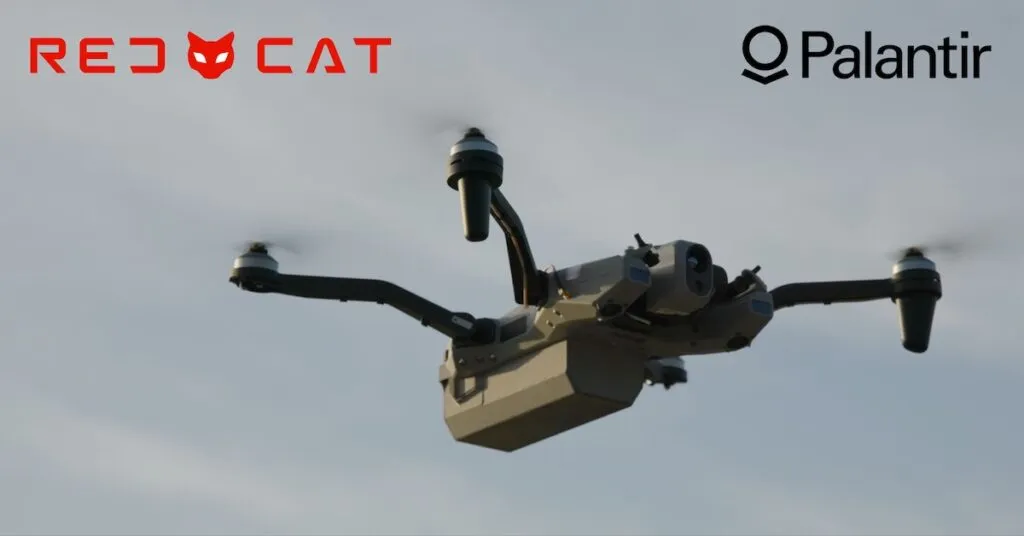Researchers from the University of Brescia, including Ali Azarbahram, Chrystian Pool Yuca Huanca, Gian Paolo Incremona, and Patrizio Colaneri, have developed a novel control framework for unmanned aerial vehicles (UAVs) that could have significant implications for the energy industry’s growing use of drones. Their work, published in the journal IEEE Transactions on Control Systems Technology, focuses on enabling safe and scalable navigation of quadrotor UAVs in dynamic environments with moving obstacles.
The researchers introduced a Koopman-enhanced distributed switched model predictive control (SMPC) framework. This approach integrates switched motion modes and data-driven prediction to allow UAVs to navigate in real-time while avoiding collisions. The key innovation is the use of a localized Koopman operator, which approximates nonlinear obstacle dynamics as linear models based on online measurements. This enables accurate trajectory forecasting, which is then embedded into a distributed SMPC structure.
In this framework, each UAV makes autonomous decisions using local and cluster-based information. The architecture is designed to be computationally efficient, making it suitable for applications in surface transportation and urban UAV traffic. The researchers demonstrated the effectiveness of their approach through simulations, showing reliable formation control and real-time obstacle avoidance.
For the energy industry, this research could be particularly relevant for the growing use of drones in inspections, maintenance, and monitoring of energy infrastructure. The ability to navigate safely and efficiently in dynamic environments could enhance the safety and efficiency of these operations. Additionally, the framework’s scalability and computational efficiency make it promising for coordinating multiple UAVs in complex environments, such as offshore wind farms or large solar installations.
This article is based on research available at arXiv.

